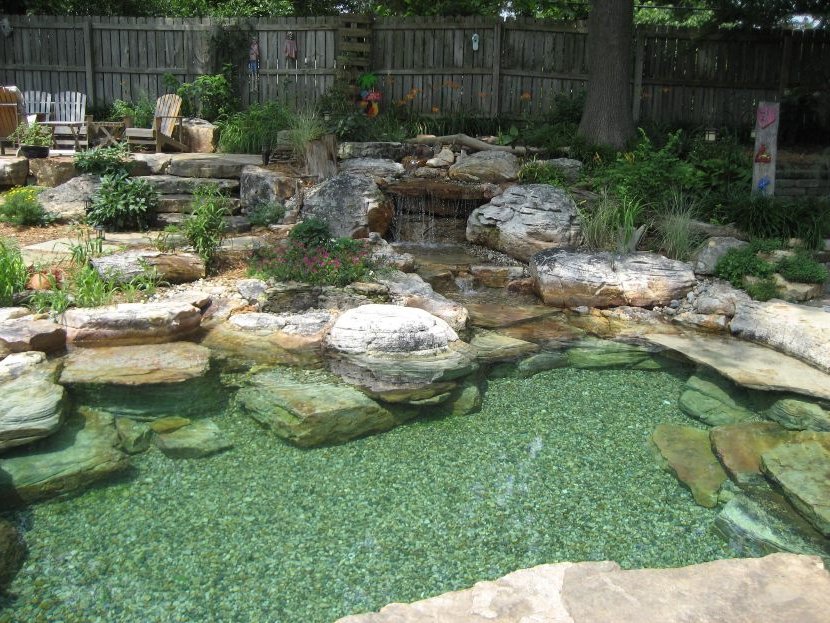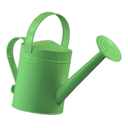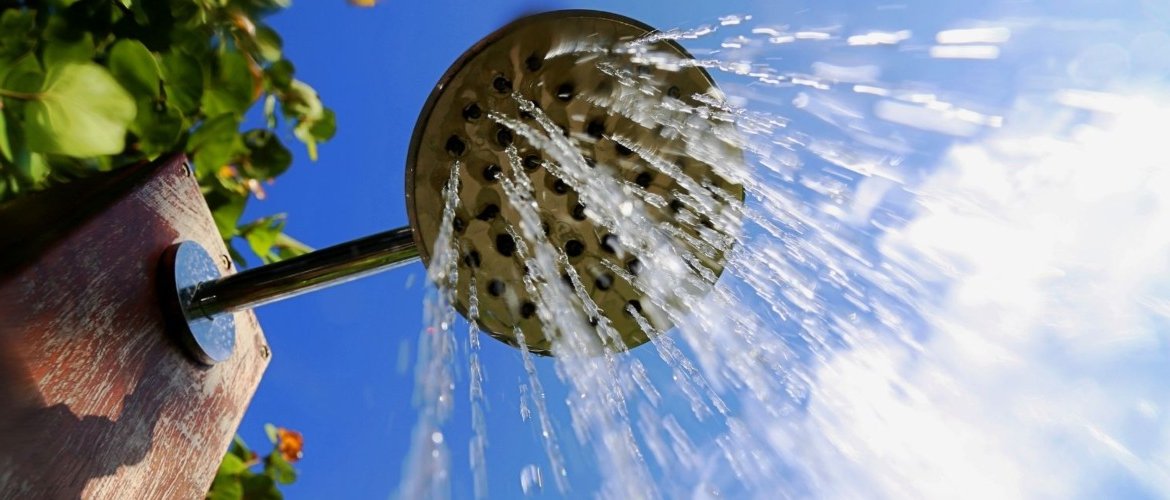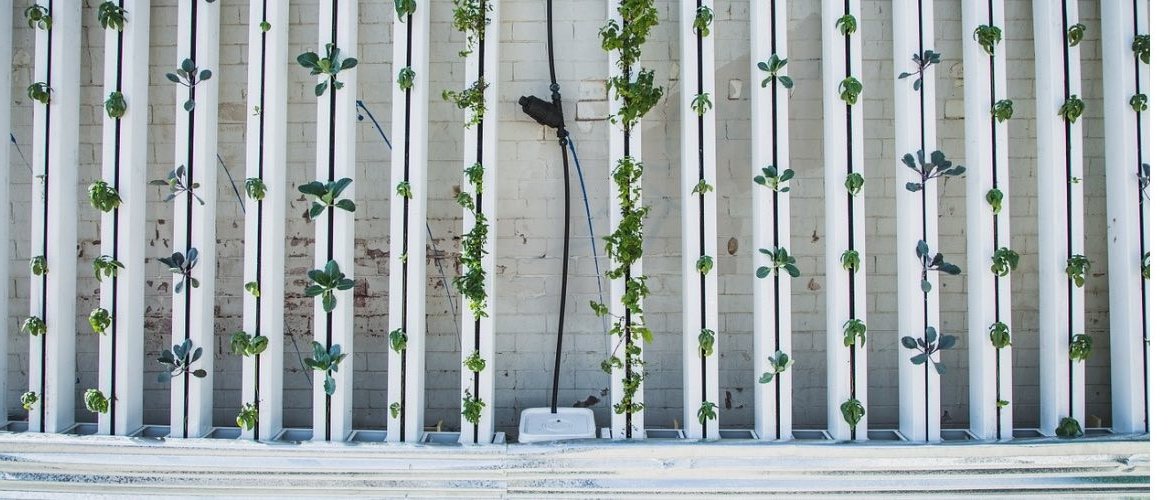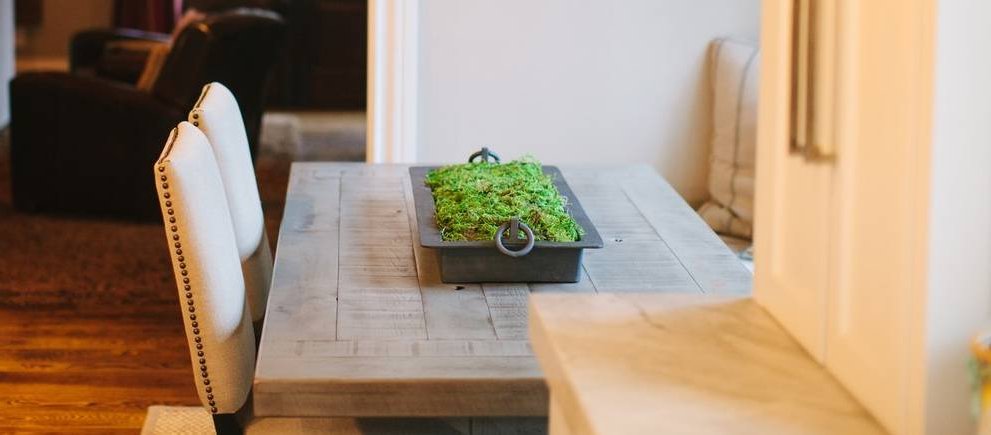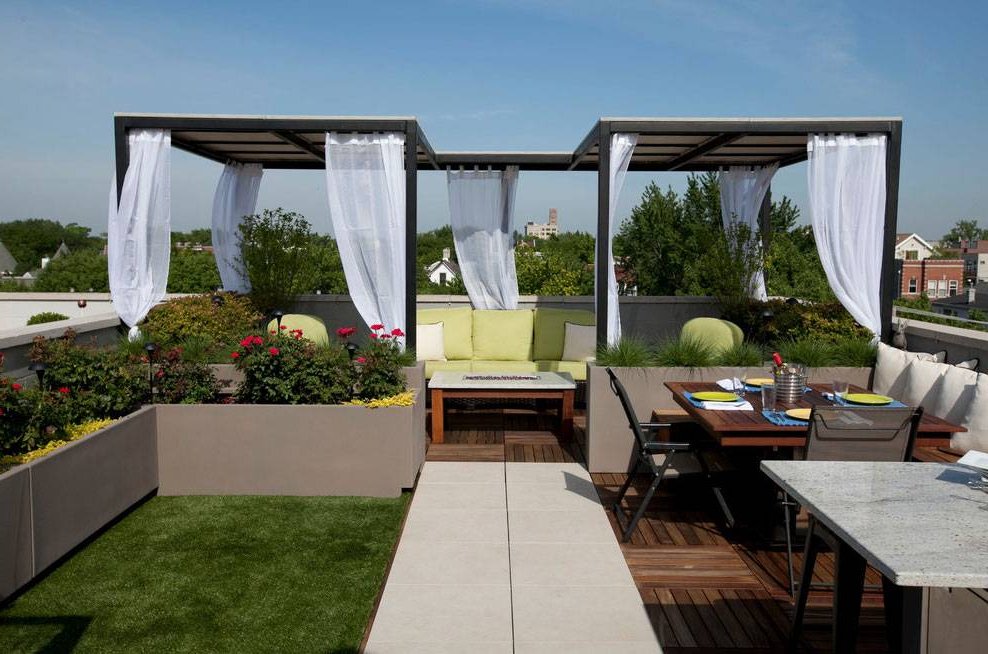How to build a pond-pool in the garden
If you have a garden, you have a treasure. This is something that has been highlighted by the pandemic but which, for some time now, has been a determining factor in many cases in the choice of a home. But to get the most out of outdoor spaces, we must not skimp on attention. Building a pond-pool in the garden, for example, is a very interesting idea to provide it with a functional and attractive equipment.
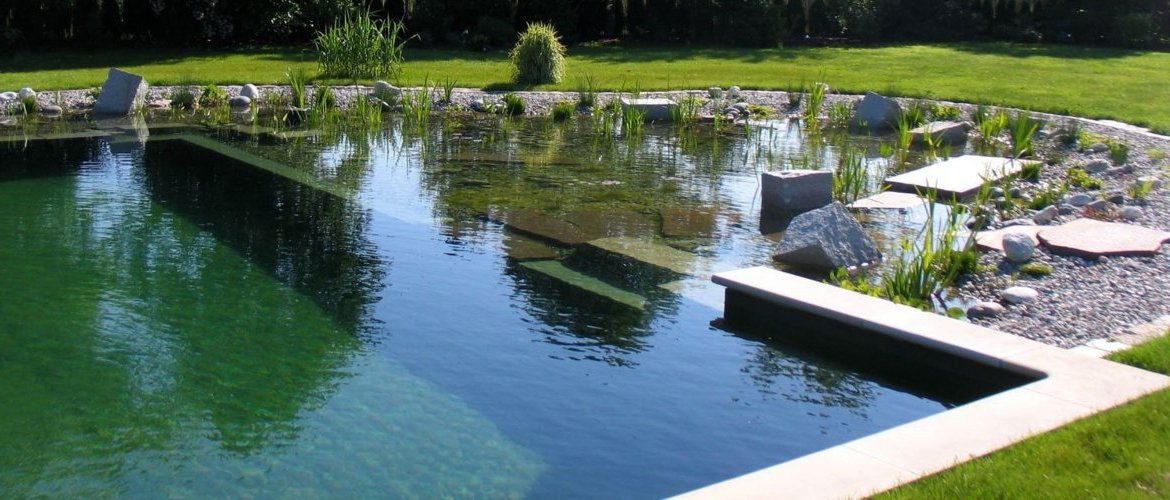
It is no secret that water is an essential element in Zen gardens. Integrating it with this original format, not only allows you to comply with the mantras of Feng Shui, but will give you the possibility of having a scenario where you can soothe the summer heat.
The pandemic has revalued the outdoor spaces of the home. Building a pond-pool in the garden is a way to add a unique and functional element perfect for the summer.
The main difference with conventional formats will be the use you will give to the water, although there is more. What are known as natural pools or biopools are solutions in which water quality is achieved without the use of chemicals.
The plants are in charge of the purification process, oxygenating and eliminating the nutrients that promote the appearance of algae and other microorganisms. Thus, this type of installation has a bathing area and a purification area.
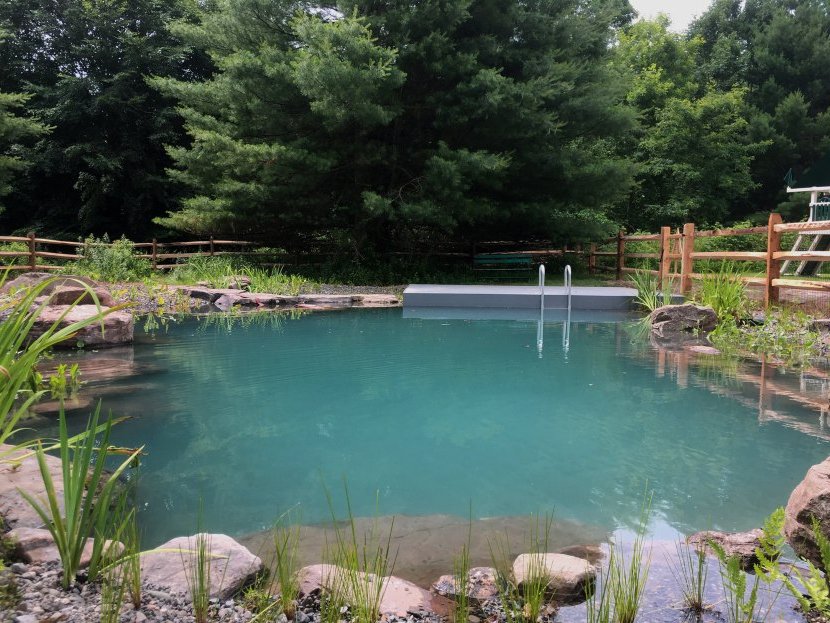
Building a pond-pool in the garden has, in addition, a series of added advantages. Nobody can deny the pleasurable sensation of bathing in the middle of nature, something that, in a conventional pool, is complicated.
Sustainability is another of the attractions of this type of installation. They represent a significant saving not only in resources - since they do not need to be emptied and, if they are emptied, the water can be reused for irrigation - but also in maintenance time.
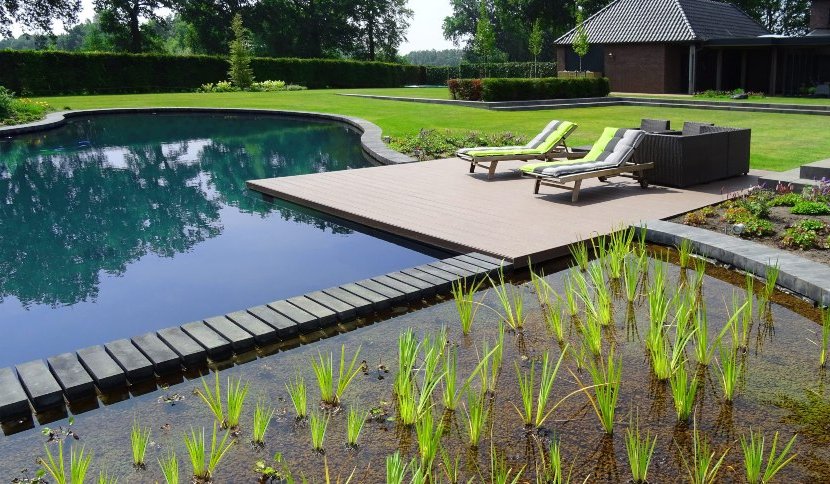
In terms of health, the non-use of chemicals for water treatment minimizes the risk of skin problems. In addition, these facilities blend in perfectly with the environment and can even house fish and amphibians.
In fact, there are different types of biopools. The simplest are those in which the circulation of water through the biological filter occurs naturally. They are the most similar to a normal pond, although it may take several years for the ecosystem to function. Along with these, in the market there are other options that integrate water recirculation systems, skimmer and filtering system and even fully technified.
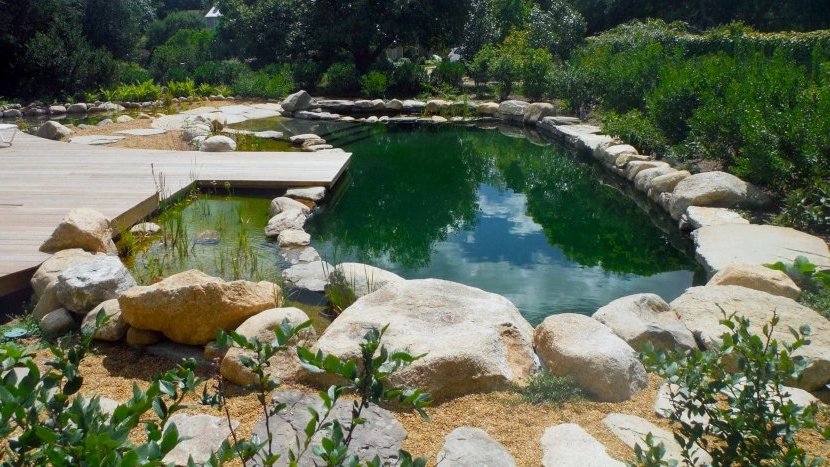
Regardless of the type of pond-pool chosen, the first step in installing it in your garden will be to find the best location. Issues such as climate and water quality are key, for example, when choosing the most appropriate type of bio-pool.
Try to select a sunny area within your yard or garden and avoid, as far as possible, the proximity of trees whose leaves may end up in the pool. Once you have chosen the location, dimensions and shape, it will be time to build the pool.
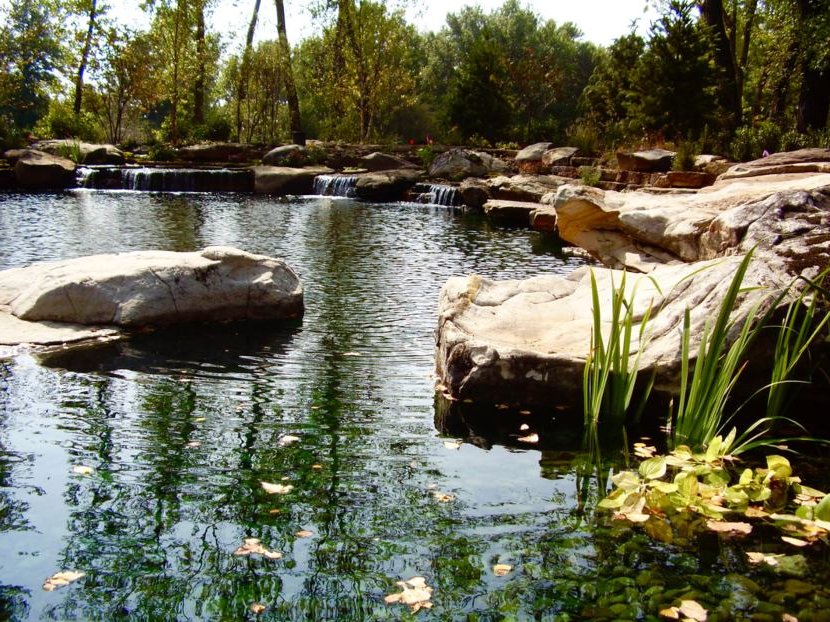
For your pond to also serve as a swimming pool, the bathing area will complete the purification area where the biofilters in charge of water quality will be placed.
Once the basin is finished, it will be the turn of the purification area, which, for practical purposes, will be the pond area itself. If you are going to include hydraulic installations or filters, this is the moment.
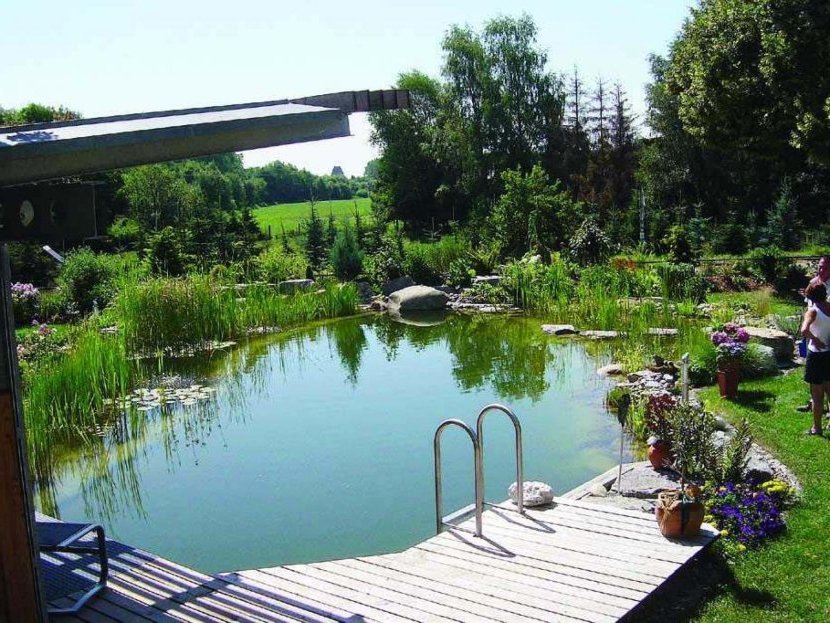
At this point you will have to include a selection of gravels and plants that will be in charge of acting as a biofilter. The choice is especially relevant since it will depend, to a large extent, on the ecosystem of the area.
Professional advice will be of great help. There are different types of biological filters that you can incorporate to your pond-pool. Vertical or horizontal flow gravel filters, zeolite filters, trickling filters or kaldness biological filters are some of the most popular.
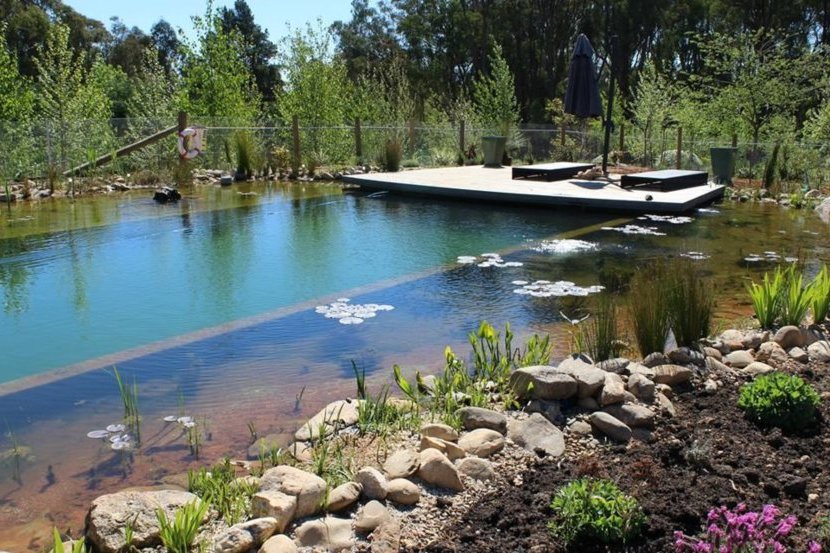
The last step in the development of your pond-pool is the decoration. Taking into account the aesthetics of this type of installation, it is essential to integrate it into the landscaping of your garden.
Beyond plants, materials such as stone or wood can be great allies of its attractiveness. In addition, you can incorporate decorative objects such as amphorae and even place a solarium area next to the bathing area. You decide!
